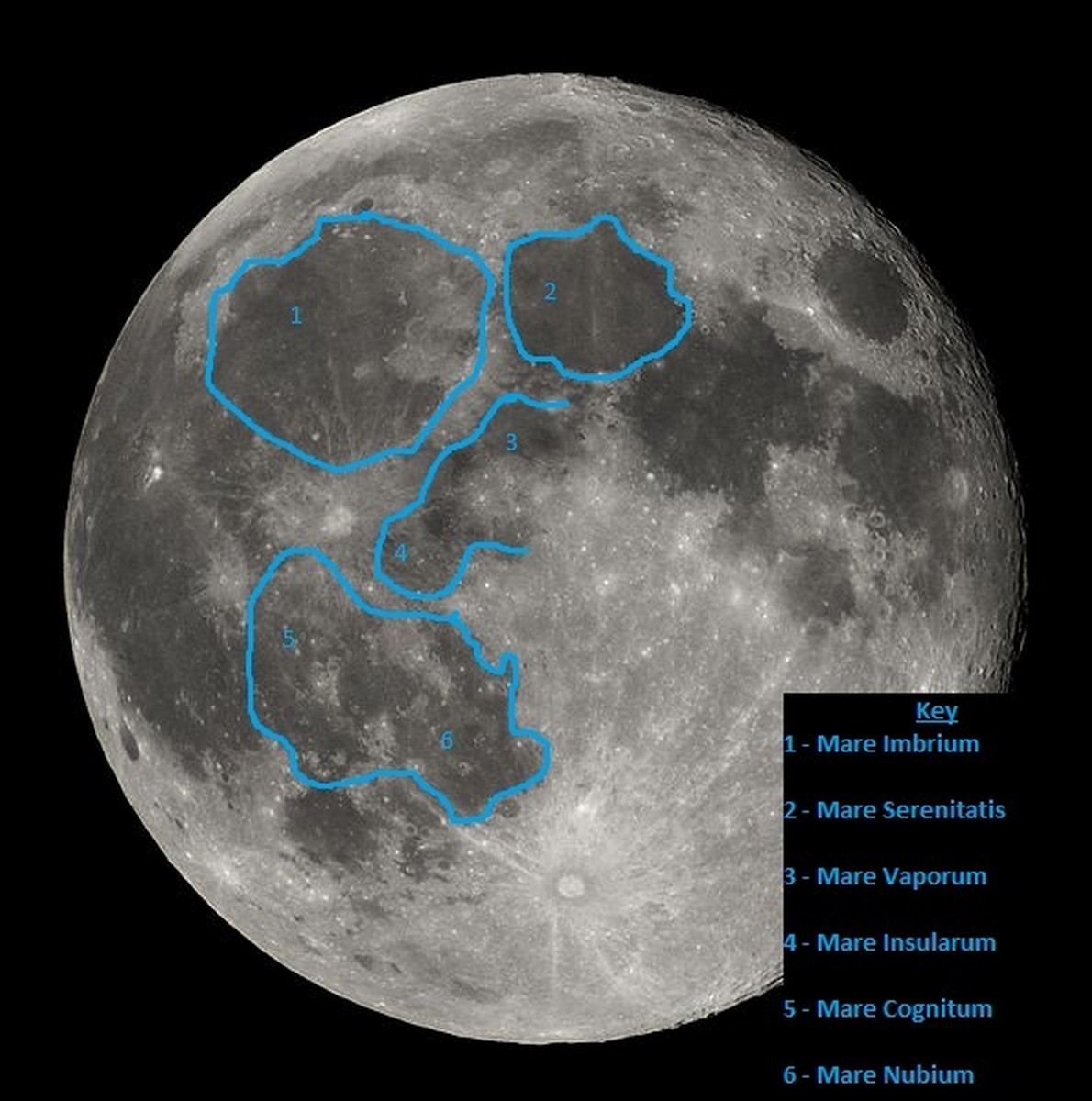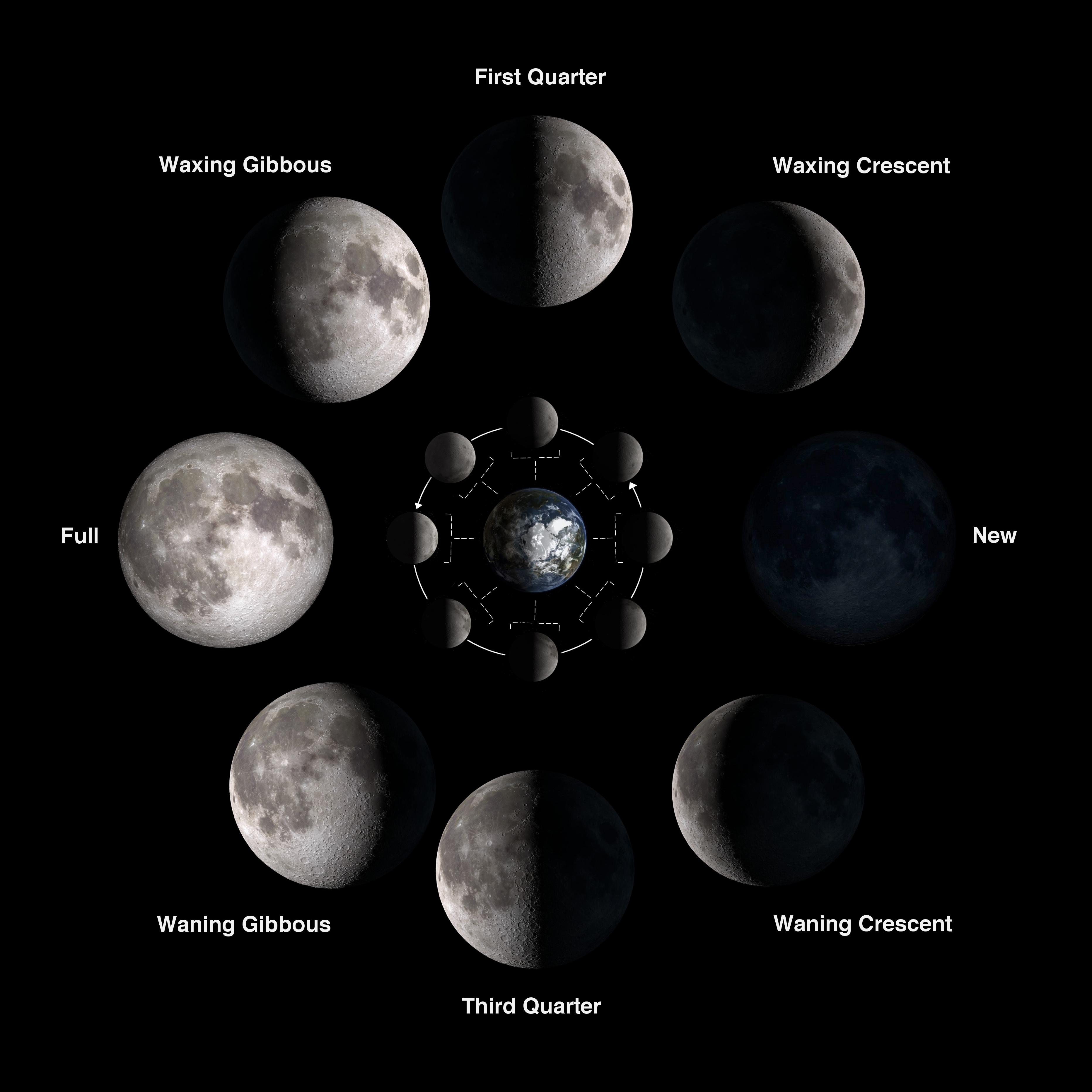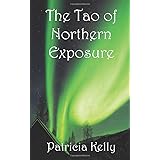Patricia Briggs is a renowned author in the realm of urban fantasy, best known for her “Mercy Thompson” series. Her works encompass a captivating blend of supernatural elements, intricate character development, and an engaging narrative style. One of the most prominent celestial bodies that influence the atmosphere and themes of her stories is the moon. This article explores the multifaceted role of the moon in Briggs’ narratives, emphasizing its symbolism and impact on characters and plot development.
The Moon as a Symbol of Transformation
In Briggs’ universe, the moon often symbolizes transformation, a central theme in urban fantasy, particularly when it comes to werewolves and other supernatural beings. The cyclical nature of the moon reflects the transformative experiences of characters, especially those who undergo significant change throughout the series.
- Werewolves and the Full Moon: In the “Mercy Thompson” series, werewolves are deeply influenced by the full moon, which triggers their transformation from human to wolf. This transformation is not merely physical; it represents a deeper connection to primal instincts and the struggle between humanity and animalistic traits.
- Personal Growth: The moon phases also mirror the personal growth of characters. For example, Mercy Thompson herself undergoes various transformations, both in her abilities and in her understanding of herself and her relationships. The moon serves as a backdrop to her evolution, emphasizing the journey from one phase of life to another.
Illuminating the Dark: The Moon and Moral Ambiguity

The moonlight in Briggs’ narratives often illuminates the moral ambiguities faced by her characters. This duality is essential in urban fantasy, where heroes may not fit the traditional mold of good versus evil. The moonlight becomes a metaphorical light in the darkness, revealing truths that are otherwise hidden.
- Shades of Gray: Characters like Adam Hauptman, the alpha werewolf, often inhabit a morally gray space. The moonlight serves to highlight their struggles, decisions, and the consequences that arise from their actions. For instance, Adam must navigate the complexities of leadership while dealing with his own primal instincts and the expectations of his pack.
- Revelation of Secrets: The moon also plays a crucial role in revealing secrets and hidden agendas. In “Moon Called,” the first book in the “Mercy Thompson” series, the full moon serves as a pivotal point where many truths come to light, driving the plot forward and challenging the characters to confront their realities.
The Moon’s Influence on Relationships
_(cropped).jpg/157px-Full_Eclipse_of_the_Moon_as_seen_in_from_Irvine%2C_CA%2C_USA_(52075715442)_(cropped).jpg)
Briggs expertly weaves the theme of the moon into the relationships among her characters. The lunar influence often parallels the emotional tides that characters experience, shaping their connections and interactions.
- Romantic Dynamics: The moon often serves as a romantic backdrop, enhancing the emotional stakes in relationships. The chemistry between Mercy and Adam is palpable during scenes illuminated by moonlight, symbolizing their connection that transcends the human realm.
- Friendship and Loyalty: The bond between Mercy and her friends, including the fae and werewolves, is also tested under the moon’s watchful gaze. The moonlight highlights their loyalty and the sacrifices they are willing to make for one another in times of conflict.
Mythological and Cultural References
![]()
Briggs’ work is steeped in mythological and cultural references, particularly regarding the moon and its significance in various traditions. These references enrich her storytelling and provide a deeper context for her characters and their struggles.
- Lunar Mythology: Many cultures view the moon as a powerful entity. For instance, in Native American traditions, the moon is often associated with femininity and intuition. Mercy, as a strong female protagonist, embodies these qualities, navigating the challenges of her world with a blend of strength and sensitivity.
- Folklore and Superstition: The moon has long been associated with folklore surrounding werewolves. In Briggs’ work, this tradition is explored through the lens of modern urban fantasy, addressing the fears and realities of these mythological beings in contemporary society.
The Moon as a Setting for Conflict

The moon frequently serves as a setting for pivotal conflicts in Briggs’ narratives. The full moon, in particular, becomes a focal point for climactic events, where tensions reach their peak and characters are forced to confront their destinies.
- Showdown Scenes: Many confrontations between characters occur under the full moon, amplifying the stakes. For instance, during key battles, the moonlight enhances the drama, making the supernatural elements more palpable and urgent.
- Inner Conflict: Characters often grapple with their inner demons as the moon shines down on them, emphasizing their struggles. The tension between their human and supernatural natures is heightened, leading to moments of profound self-realization.
The Role of the Moon in World-Building

Briggs’ incorporation of the moon into her urban fantasy world-building adds depth and richness to the narrative landscape. The moon is not just a celestial body; it is an integral part of the supernatural ecosystem she creates.
- Connection to Nature: The moon’s phases influence the behaviors and instincts of various supernatural beings, creating a dynamic interplay between nature and the characters. This connection emphasizes the idea that the supernatural is deeply intertwined with the natural world.
- Setting the Tone: The moon establishes the tone for scenes, evoking feelings of mystery, danger, or romance. The atmosphere created by moonlight contributes to the overall mood of the narrative, enhancing the reader’s experience.
Conclusion: The Moon’s Enduring Influence in Patricia Briggs’ Urban Fantasy

Patricia Briggs’ urban fantasy is profoundly enriched by the presence of the moon, serving as a multifaceted symbol of transformation, moral ambiguity, relationships, mythology, conflict, and world-building. The moon is not merely a backdrop; it is a character in its own right, influencing the narrative arc and the development of her protagonists.
As readers delve into her stories, they are invited to explore the complexities of identity, morality, and connection, all illuminated by the ethereal glow of the moon. Briggs’ nuanced portrayal of the moon as both a guiding light and a symbol of darkness exemplifies the intricate layers of her storytelling. In the end, the moon serves as a reminder that, much like the characters in her tales, we are all shaped by the celestial forces around us.


